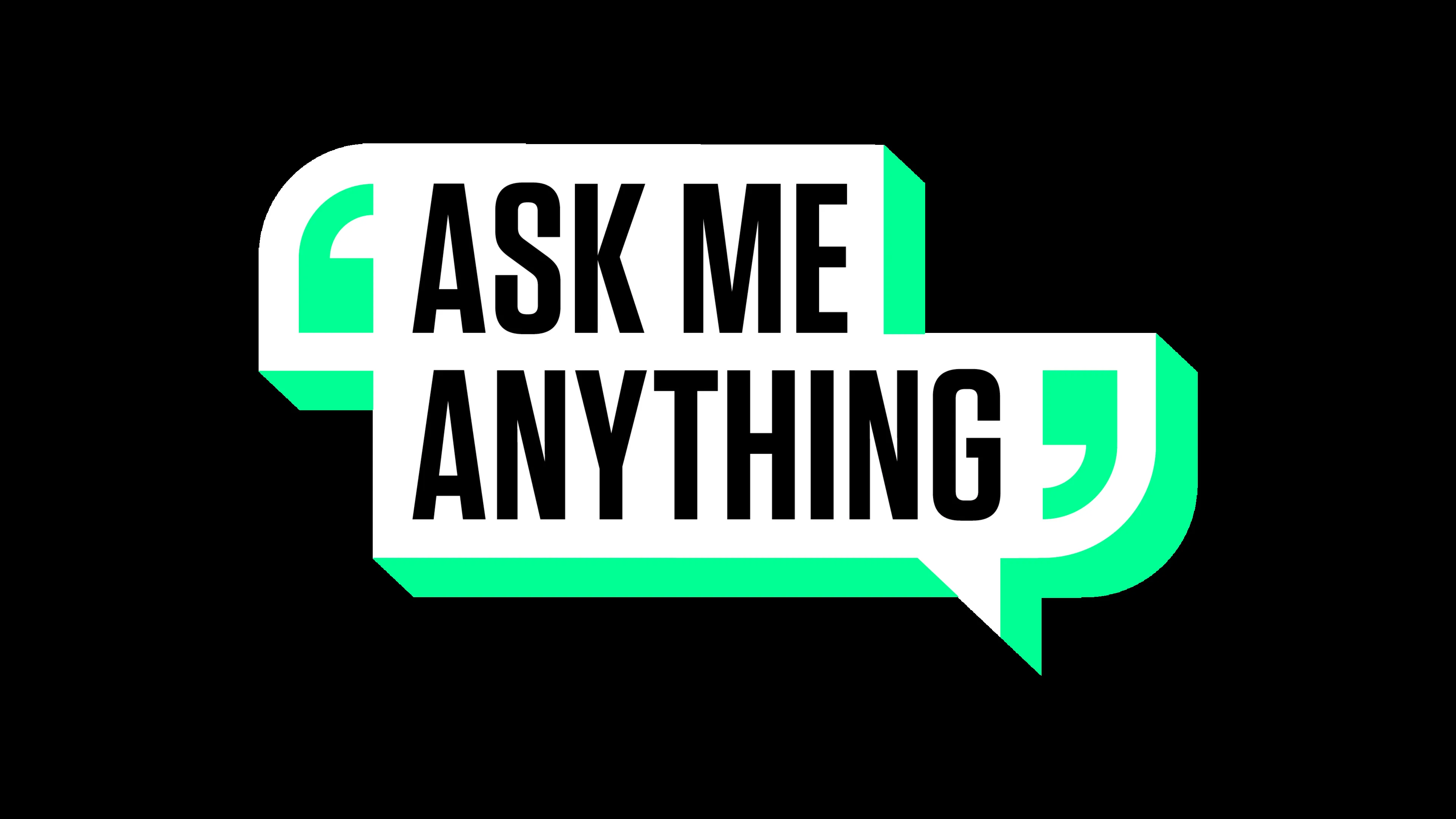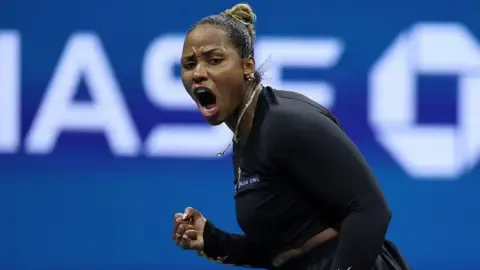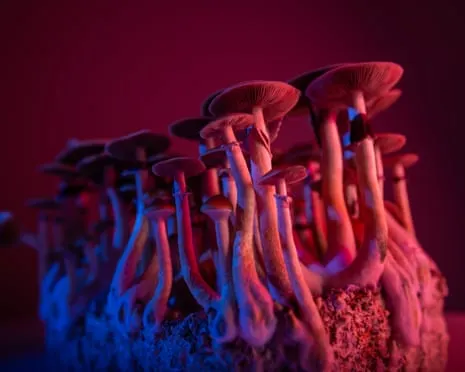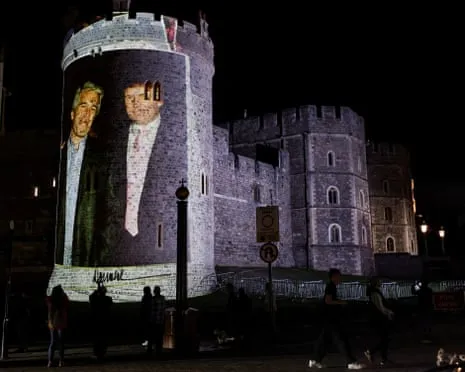

American Tennis Player Taylor Townsend Apologizes for ‘Offensive’ Comments on Traditional Cuisine
Discover amazing stories and insights from our featured article.

Discover amazing stories and insights from our featured article.



 Valerie …
Valerie …

 Valerie …
Valerie …
Experience the future of storytelling through immersive digital journeys that blend creativity with cutting-edge technology

 By Valerie Hale
•
17 Sep 2025
By Valerie Hale
•
17 Sep 2025


 By Valerie Hale
•
17 Sep 2025
By Valerie Hale
•
17 Sep 2025

 By Valerie Hale
•
17 Sep 2025
By Valerie Hale
•
17 Sep 2025

 By Valerie Hale
•
17 Sep 2025
By Valerie Hale
•
17 Sep 2025


 By Valerie Hale
•
17 Sep 2025
By Valerie Hale
•
17 Sep 2025

 By Valerie Hale
•
17 Sep 2025
By Valerie Hale
•
17 Sep 2025

 By Valerie Hale
•
17 Sep 2025
By Valerie Hale
•
17 Sep 2025

 By Valerie Hale
•
17 Sep 2025
By Valerie Hale
•
17 Sep 2025


 By Valerie Hale
•
17 Sep 2025
By Valerie Hale
•
17 Sep 2025







 Valerie Hale
Valerie Hale
